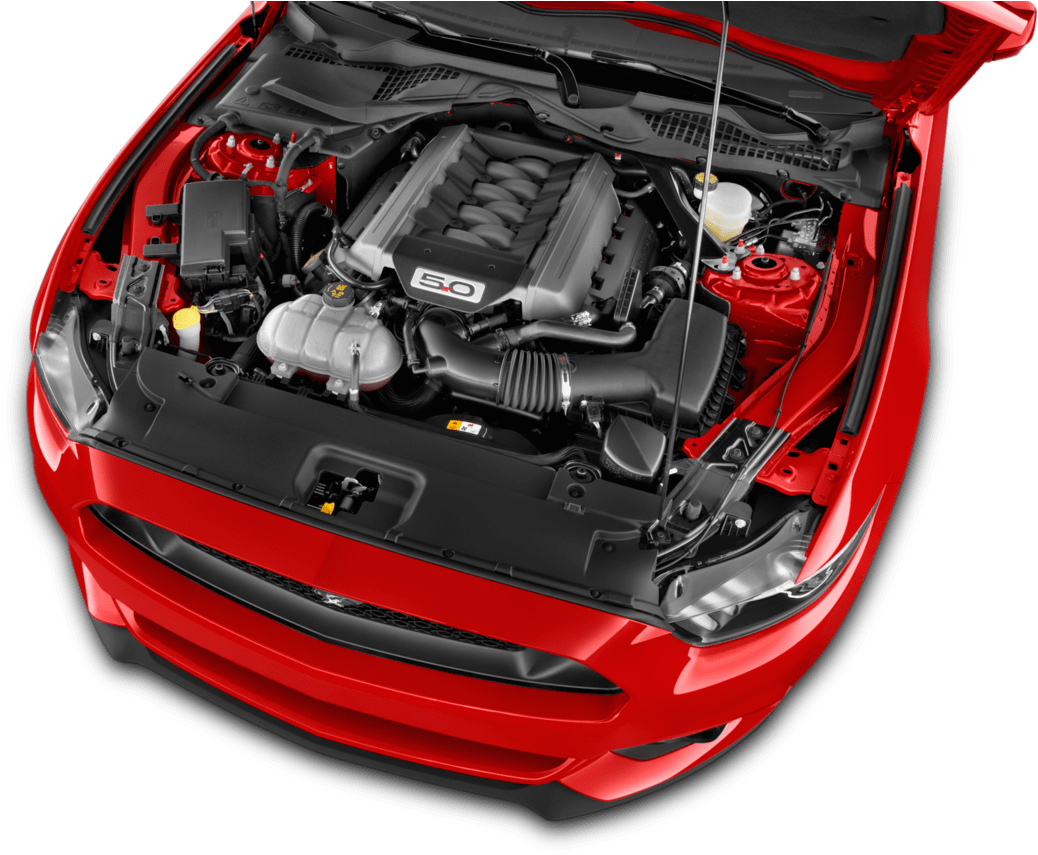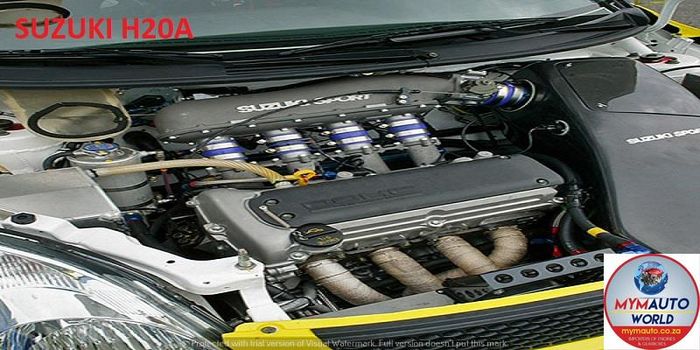Import Engines: Tips for Installation and Maintenance
Import Engines: Tips for Installation and Maintenance
Blog Article
Checking Out the Newest Technical Technologies in Import Engines and Exactly How They Improve Driving Experience
In the realm of vehicle engineering, the landscape of import engines is undergoing a profound change driven by advanced technological innovations. From the development of turbocharged engines to the assimilation of crossbreed innovation, the current developments are revolutionizing the driving experience in means formerly unimaginable. As import manufacturers press the boundaries of efficiency and performance through boosted gas injection systems and innovative engine monitoring remedies, the concern develops: Exactly how do these improvements truly affect the method we interact with our cars when driving?

Development of Turbocharged Engines
In the auto market, the advancement of turbocharged engines has actually substantially transformed the landscape of efficiency and efficiency. Turbocharging, when mainly seen in high-performance cars, has currently come to be a mainstream modern technology embraced by a variety of vehicles, from small hatchbacks to luxury cars. The fundamental concept behind a turbocharged engine is easy yet reliable - by forcing even more air right into the combustion chamber, it enables more gas to be burned, causing raised power result.
Among the vital advantages of turbocharged engines is their ability to deliver more power from smaller sized, a lot more fuel-efficient engines. This scaling down fad has actually brought about a decrease in exhausts without endangering efficiency, making turbocharging an attractive alternative for car manufacturers striving to satisfy strict ecological regulations. Turbocharged engines use improved torque at lower RPMs, supplying drivers with a more responsive and dynamic driving experience.
As technology continues to development, we can anticipate further technologies in turbocharging, bring about even higher levels of performance and performance in the auto industry.
Advancements in Gas Shot Equipments
With the continuous development of automotive modern technology, substantial developments have actually been made in gas shot systems. Modern gas shot systems have developed to supply fuel much more effectively and exactly into the engine cylinders, boosting total engine performance and fuel performance. Among the key innovations in gas injection systems is the change from typical port gas shot (PFI) to advanced straight fuel injection (DFI) technology. DFI systems inject gas directly right into the burning chamber at high pressures, resulting in better fuel atomization and burning, bring about boosted power output and minimized exhausts.
Moreover, the integration of electronic control units (ECUs) and sensing units in gas shot systems has actually permitted real-time adjustments to sustain shipment based upon different aspects such as engine tons, temperature level, and driving problems. This degree of accuracy makes sure optimum fuel-air mixture proportions, taking full advantage of engine efficiency while reducing gas intake and discharges. In addition, innovations in fuel injector design, materials, and spray patterns have actually contributed to cleaner burning and smoother engine procedure. To conclude, the constant developments in gas injection systems play a crucial function in boosting driving experience by supplying improved efficiency, gas economic climate, and ecological kindness.
Combination of Crossbreed Innovation
The evolution of gas injection systems towards greater performance and efficiency has set the stage for the smooth assimilation of crossbreed innovation right into modern engines. Hybrid modern technology combines using standard interior combustion engines with electrical propulsion systems, providing boosted fuel effectiveness and reduced exhausts. By integrating electrical motors and batteries into the powertrain, hybrid engines can supplement the internal burning engine throughout velocity or low-speed driving, thus enhancing overall efficiency.

Improved Engine Administration Systems
What are the vital advancements in engine administration systems that are boosting the efficiency and efficiency of modern engines? Engine monitoring systems have actually undergone significant developments to maximize engine performance and performance. One key technology is the combination of sophisticated sensing units that continually check numerous criteria such as engine temperature level, air-fuel proportion, discover here and exhaust discharges. These sensors supply real-time data to the engine control unit (ECU), enabling specific changes to be made to maximize combustion processes and fuel efficiency.
In addition, contemporary engine management systems use innovative formulas and expert system to examine the information collected by sensing units and make dynamic adjustments to elements such as ignition timing, gas injection, and turbocharger boost pressure. This degree of accuracy and versatility lead to boosted engine responsiveness, increased power outcome, and reduced fuel consumption.
Furthermore, engine management systems currently include innovative analysis capabilities that can spot and deal with problems such as misfires, sensing unit malfunctions, and gas system irregularities in real-time, consequently boosting total engine reliability and longevity. These improvements in engine administration systems play a crucial duty in boosting the driving experience by delivering optimum performance, fuel effectiveness, and integrity.
Impact of Lightweight Products
Incorporating lightweight materials in engine manufacturing has actually reinvented the automotive market's strategy to boosting fuel performance and performance. The usage of materials such as carbon fiber, light weight aluminum, and titanium has actually substantially lowered the general weight of engines, causing improved power-to-weight proportions and raised fuel economic situation. These light-weight products use a higher strength-to-weight proportion compared to traditional products like steel, enabling higher durability without endangering efficiency.
One of the key advantages of making use of lightweight materials in engine construction is the reduction of inertia, causing quicker engine feedback times and improved overall vehicle dexterity. Furthermore, the lighter weight adds to lower power consumption, making automobiles extra eco-friendly by lowering emissions.
Furthermore, the implementation of light-weight materials in engine components such as pistons, linking poles, and crankshafts has actually made it possible for engineers to press the limits of efficiency without giving up reliability (import engines). This advancement has actually led the way for extra effective and efficient engines that provide an exceptional driving experience while meeting strict emissions requirements
Conclusion
To conclude, the most up to date technical innovations in import engines have actually substantially improved the driving experience. From the advancement of turbocharged engines to innovations in gas injection systems, assimilation of crossbreed modern technology, enhanced engine monitoring systems, and using lightweight materials, these developments have collectively improved efficiency, gas effectiveness, and overall driving dynamics. As technology continues to advance, we can anticipate much more amazing growths in the future of import engines.
Modern fuel injection systems have progressed to deliver fuel more effectively and precisely into the engine cyndrical tubes, boosting general engine her latest blog performance and gas effectiveness - import engines. By incorporating electric motors and batteries right into the powertrain, hybrid engines web link can supplement the interior combustion engine during acceleration or low-speed driving, therefore enhancing general efficiency
What are the key innovations in engine management systems that are improving the performance and efficiency of modern-day engines? Engine monitoring systems have undergone considerable improvements to enhance engine performance and effectiveness. From the evolution of turbocharged engines to innovations in gas injection systems, assimilation of crossbreed technology, boosted engine management systems, and the usage of lightweight materials, these developments have jointly enhanced performance, gas effectiveness, and overall driving dynamics.
Report this page